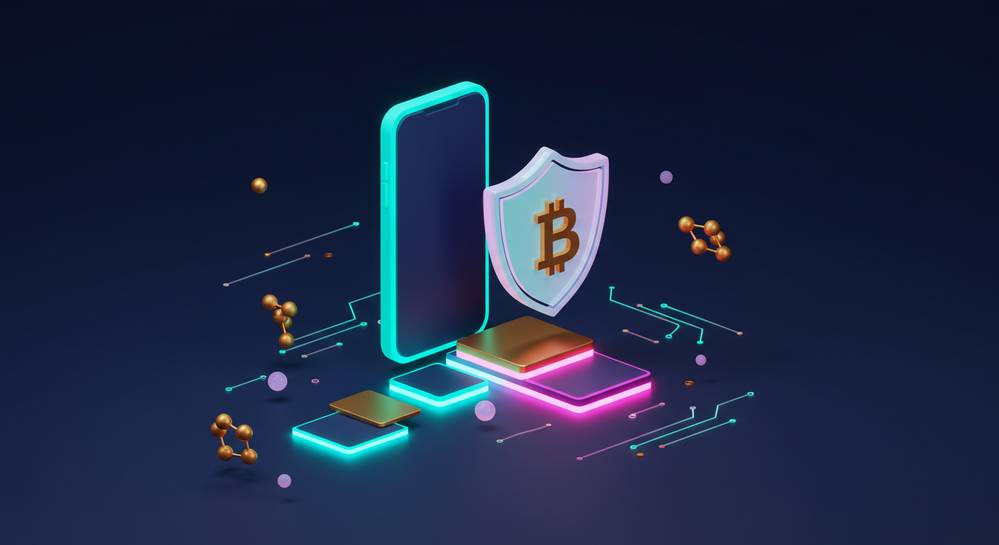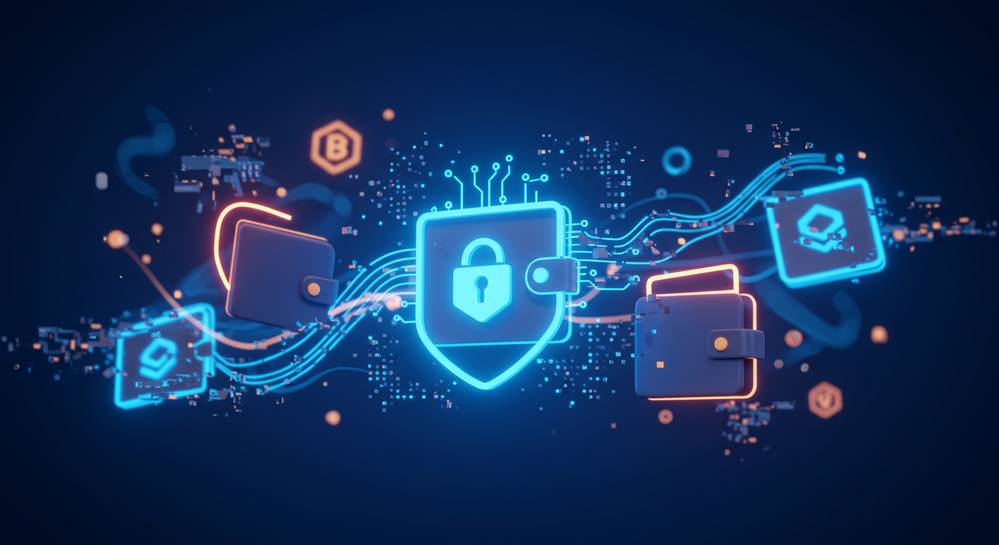Creating a cryptocurrency wallet is your first step into the world of digital assets. But knowing how to create a crypto wallet safely is the most critical part of the process. This guide provides a clear, step-by-step approach, focusing on the security measures you must take to protect your funds. We will cover everything from choosing the right wallet type to implementing best practices for long-term safety.
Understanding crypto wallets before you start

Foundational principles for safe wallet creation
Choosing between a hot or cold wallet is your first security decision. However, the ultimate safety of your assets depends on your actions. Knowing how to create a crypto wallet safely is less about complex software and more about disciplined habits. Your personal security practices are the strongest defense against potential threats, regardless of the wallet type you select.
- Verify Your Source: Always download wallet software directly from the official website. Triple-check the URL to avoid phishing sites that mimic legitimate providers. Never use third-party app stores or download links from unverified sources.
- Master Your Recovery Phrase: Your secret recovery phrase is the master key to your funds. Write it down on paper and store it in a secure, offline location. Never take a screenshot or save it in a digital file, as this makes it vulnerable to hackers.
- Secure Your Environment: Create your wallet on a trusted device free from malware. Use a secure, private Wi-Fi network, not public internet. A compromised device or network can expose your private keys during setup.
These core principles form the bedrock of crypto wallet security. Staying vigilant and informed is crucial for protecting your digital assets long-term. Keeping up with the latest crypto news helps you recognize emerging security risks before they become a problem.
Step by step guide to creating a software wallet

A practical guide to software wallet setup
Creating a software wallet is an accessible entry into crypto. While the process is quick, each step is critical for security. This guide shows how to create a crypto wallet safely using a framework for most browser extensions and mobile apps. Following these steps carefully establishes a secure foundation for your digital assets.
- Download from the official source: Go directly to the wallet’s official website to download the software. Scammers create convincing fake sites to steal information. Avoid search engine ads and unofficial download links at all costs.
- Create a strong, unique password: You will be asked to set a password. This password only encrypts the wallet on your device. It is a first line of defense but does not protect your funds if your recovery phrase is compromised.
- Secure your secret recovery phrase: The wallet will generate a 12 or 24-word phrase. This is your master key. Write it down physically and store it somewhere safe and offline. Never save it as a digital file or photo.
- Verify and complete setup: The application will ask you to confirm your recovery phrase by re-entering it. Once done, your wallet is ready. You can now explore different undefined.
Essential security practices for your new wallet
Protect your seed phrase relentlessly
Your seed phrase is the master key to your funds. If it is lost or stolen, your crypto is gone forever with no recourse. Write it down on paper and store it in multiple secure, offline locations safe from fire or water damage. Never speak it aloud, take a screenshot of it, or save it in any digital format like a text file or cloud drive.
Stay vigilant against phishing and scams
Scammers constantly invent new ways to trick you into revealing your keys. They often create a false sense of urgency or promise unrealistic rewards. Always question unsolicited messages, emails, and airdrop offers. Meticulously verify every website URL before you connect your wallet. Legitimate projects will never ask for your seed phrase.
Maintain a secure digital environment
The device you use to access your wallet is a primary attack vector. If possible, use a computer or phone dedicated solely to crypto activities. Keep its operating system, browser, and antivirus software constantly updated. Avoid downloading unverified files or clicking suspicious links, as malware can record your passwords or drain your wallet silently.
Choosing between a hardware and software wallet

Your ideal wallet depends on your goals. The decision between hardware and software is a trade-off between security and convenience. This choice is the most important part of learning how to create a crypto wallet safely. For serious investors, a hardware wallet is non-negotiable for storing the bulk of their assets. For daily transactions and exploring decentralized applications, a software wallet offers unmatched ease of use. Many experienced users adopt a hybrid strategy, using both types for different purposes.
Comparing wallet types at a glance
Here is a direct comparison to help you decide based on your priorities. Evaluate these factors against how you plan to interact with your digital assets.
| Feature | Hardware Wallet | Software Wallet |
|---|---|---|
| Security | Highest level as private keys are stored offline | Lower as keys are online and exposed to malware risks |
| Cost | One-time purchase, typically between $50 to $200 | Almost always free to download and use |
| Convenience | Less convenient, requires the physical device for transactions | Highly convenient for fast and frequent transactions |
| Best For | Long-term holding of significant crypto amounts | Small amounts for daily use, DeFi, and NFTs |
Your crypto wallet is your gateway to the decentralized web, but its security is entirely your responsibility. By choosing the right type and diligently following security best practices, you can confidently manage your digital assets. For more expert insights and guides on navigating the world of digital finance, keep exploring Crypto Finance Daily. We are committed to empowering your financial journey with reliable information.



